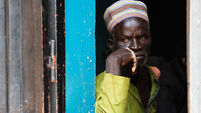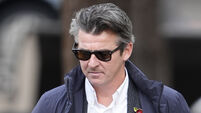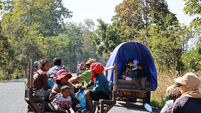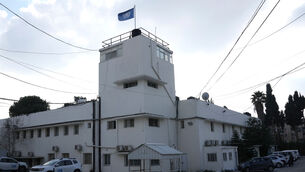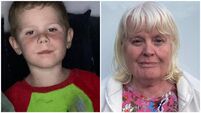Senator to present alleged CIA secret prisons findings
The head of a European investigation into alleged CIA secret prisons and flights in Europe will present his findings tomorrow after studying satellite images of suspect locations and log books archived by the European Union’s air safety organisation.
In his previous report in February, Swiss Senator Dick Marty said that evidence pointed to the existence of a system of “outsourcing” of torture by the United States, and that it was highly likely European governments were aware of it.







